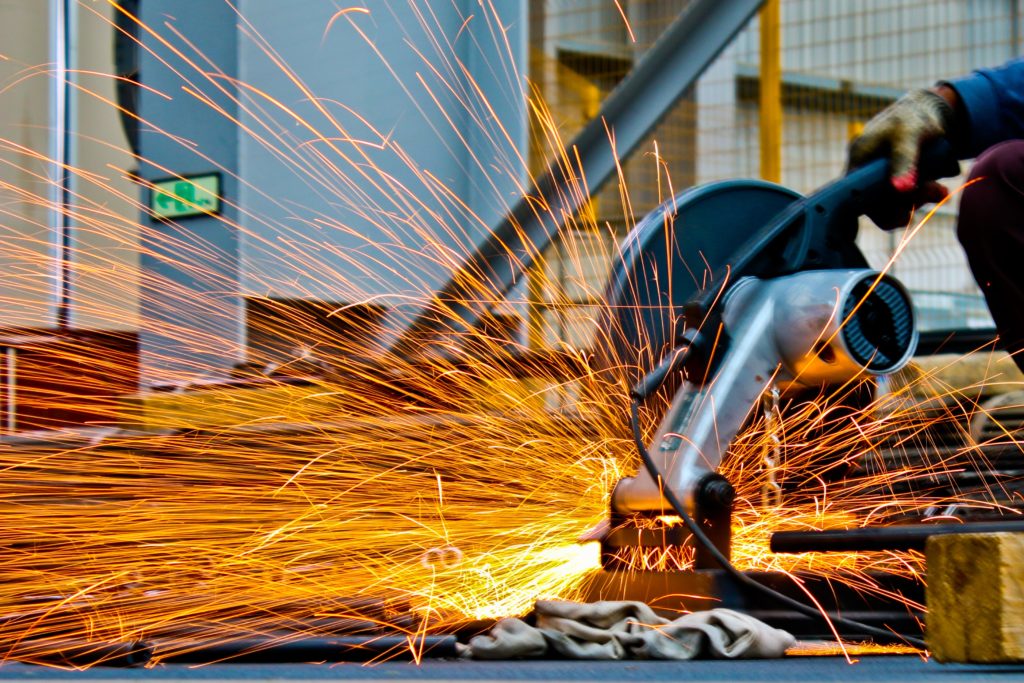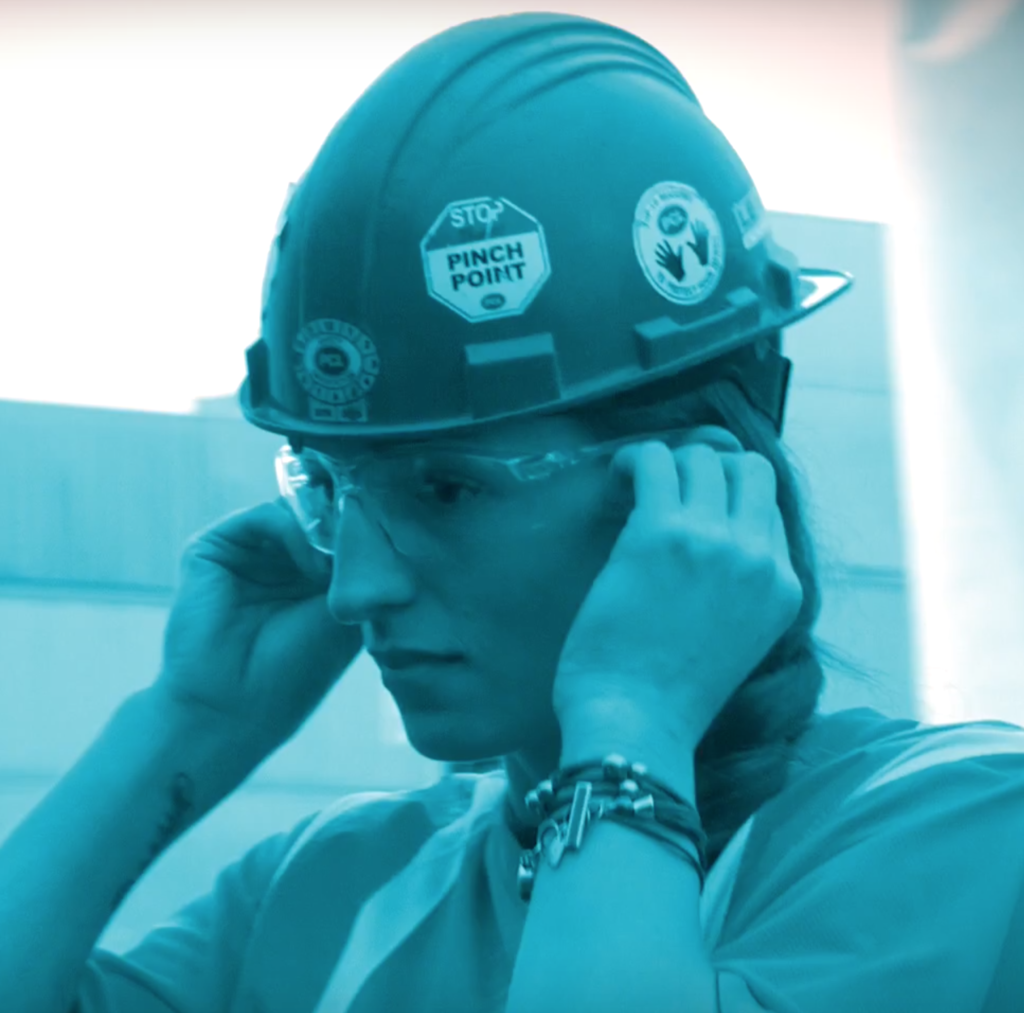October Is National Audiology Awareness Month
& National Protect Your Hearing Month
Over 36 million American adults have some degree of hearing loss. The statistics are shocking and even more so knowing that over half of those 36 million Americans are younger than age 65 . Hearing loss is an increasing health concern in this nation that is often preventable. Taking time to see an audiologist for regular hearing screenings and knowing the signs of hearing loss can protect your hearing.

The American Academy of Audiology is dedicated to increasing public awareness of audiology and the importance of hearing protection. We have created a variety of educational activity worksheets for parents, teachers, and kids to use in support of this month’s celebration.
Click here to “Find an Audiologist” in your area and make an appointment this October during National Audiology Awareness Month and National Protect Your Hearing Month to get your hearing tested.
Fact Sheets
The Academy has prepared these fact sheets as tools for you to use. Simply download, print, and go. Leave them in the waiting room at your school, the local grocery store, and the community center.
What Is an Audiologist
Hearing Loss
Hearing Loss and Infant Hearing Screening
Hearing Loss in ChildrenNoise-Induced Hearing Loss
Hearing Health Quick Test
Noise in the Work Place
Protect Your Hearing
ProtectEar USA, has been providing custom industrial hearing protectors (earplugs) to Americans for over 36 years. The custom dB Blocker hearing protectors (earplugs) are more effective for the prevention of noise-induced hearing loss than disposable earplugs.
We deliver a defect-free custom hearing protection product to our customers on time, every time. Guaranteed. PLUS not only do dB Blockers provide superior hearing protection from hearing loss than foam plugs, but they are also more cost effective as well.
ProtectEar USA, exclusively distributes products developed by North America’s largest personalized industrial hearing protector manufacturer, Custom Protect Ear. Custom Protect Ear manufactures the following products:
dB Blockers™ | dB Blockers™ offer “The Smartest Hearing Protection in the World”, especially where interpersonal communication is required.
dB Com™ | dB Com™ provides custom industrial hearing protection that allows for two-way communication which fits the individual to their work environment, reducing the harmful frequencies they’re exposed to.
dB Life™ | Personal dB Blockers. With dB Life™, conversations become clearer and more engaging; music reveals background sounds and layering, and a good night’s sleep goes uninterrupted.
FitCheck Solo™ | FitCheck Solo is ProtectEar’s newest product and is the only Field Attenuation Estimating System (FAES). FitCheck Solo is the latest and most accurate tool in the fight against noise-induced hearing loss.

For More information about National Audiology Awareness Month click here
SOURCE
https://www.howsyourhearing.org/awareness.html




